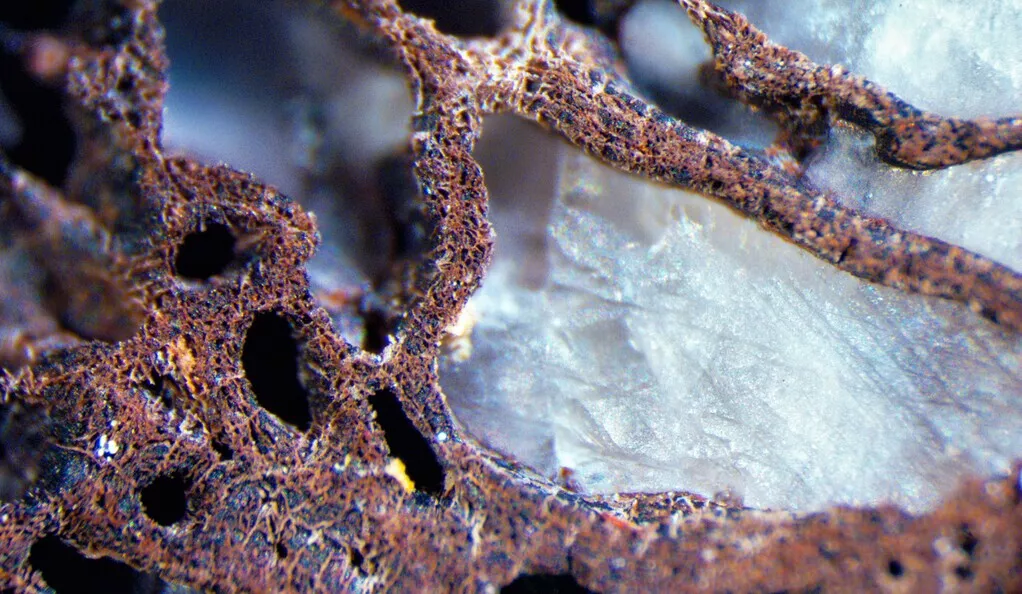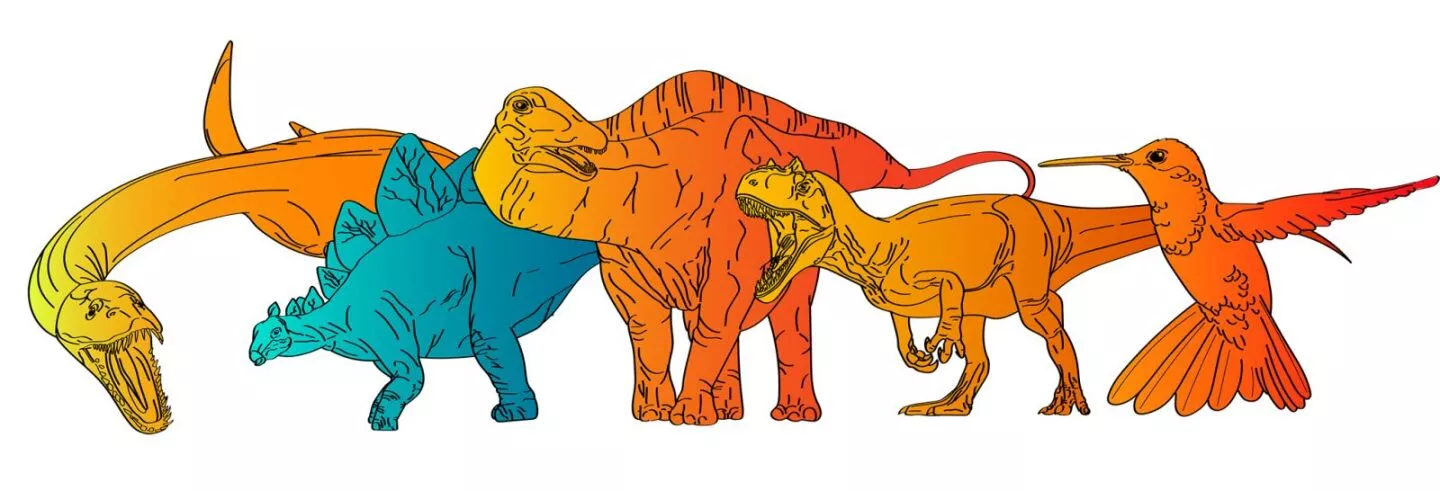Dinosaurs are at the crossroads between reptiles and birds, which has led scientists to debate whether they are warm-blooded or cold-blooded A new study may have found the answer for different groups of dinosaurs by analyzing metabolic markers of respiration in their bones
For more than a century after their discovery, dinosaurs were classified as slow and bulky creatures. Because they were compared with reptiles, they were considered cold-blooded. But the idea of warm blooded dinosaurs began to be confirmed in the 1960s, with a breakthrough in the anatomy of giant sauropods and the discovery of Deinonychus, an agile predator that was the inspiration for the raptor in Jurassic Park.
In this new study, scientists have developed a new method to study the metabolic rate of animals, including clues that extinct animals remain in their bones according to how much oxygen they breathe.
The metabolism of an animal basically boils down to how it effectively converts oxygen into energy. Warm blooded or endothermic animals have a high metabolic rate, which requires them to breathe in more oxygen and eat more food to maintain their body temperature. On the other hand, cold-blooded or warm-blooded animals have a low metabolic rate, so they breathe and eat less, but rely on the heat in the environment to keep warm.
When an animal breathes, it triggers a series of biological reactions, leaving molecular waste in its bones. The amount of this waste is directly proportional to the amount of oxygen breathed, and effectively records whether the animal is warm-blooded or cold-blooded. And importantly, these markers can be preserved in the fossil process.

Therefore, in the new study, scientists used a technique called Fourier transform Raman spectroscopy to examine these molecular markers in the femurs of 55 groups of animals. This includes extinct animals such as dinosaurs, flying pterosaurs and marine prism dragons, as well as modern birds, mammals and reptiles. Since the metabolism of living animals is well known, the team can compare their skeletal molecular maps with those of extinct animals and infer what their metabolic rate may be.
The results are fascinating. Most species are found to be warm blooded -- including pterosaurs, plough dragons, long necked dragons and theropods. Some of them even show higher metabolism than mammals and are closer to birds. Others, such as Stegosaurus and Triceratops, seem to have lower metabolic rates and are comparable to modern cold-blooded reptiles, which can provide insights into their lifestyles.

Jasmina wiemann, the study's author, said: "Dinosaurs with a low metabolic rate depend to some extent on external temperature. Lizards and turtles sit in the sun, and we may have to consider similar 'behavioral' temperature regulation of birds with a particularly low metabolic rate. Cold-blooded dinosaurs may also have to migrate to a warm climate in the cold season, which may be an option for some of these dinosaurs to live in."
However, warm blooded animals will live a more active life because they eat larger and more frequently. For example, the giant longnecked dragon may have been eating leaves more or less all the time.
This study provides new insights into the physiology and even behavior of dinosaurs and other extinct species, and provides scientists with new tools to study them.